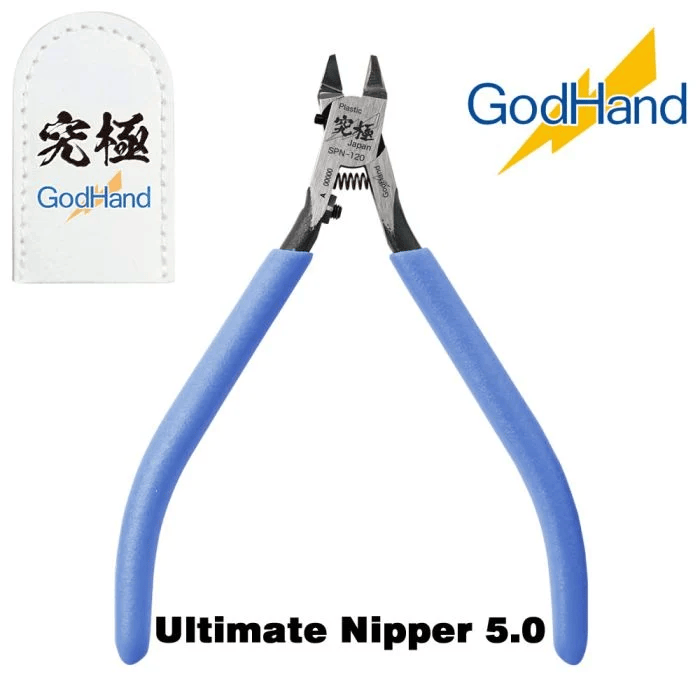AMP 1/48 Sikorsky H-19A Chickasaw # 48022
The Sikorsky H-19A Chickasaw was an early multi-role utility helicopter developed by Sikorsky Aircraft for the U.S. military during the late 1940s and 1950s.
Known for its versatility, rugged design, and reliability, the H-19 became a widely used platform for a variety of roles, including transport, medical evacuation, search and rescue, and troop deployment.
It was one of the first helicopters designed to operate with a radial engine placed in the nose, giving it a distinct appearance and better performance characteristics compared to earlier designs.
Key Characteristics:
Design and Configuration: The H-19A had a distinctive nose-mounted radial engine, which was an unusual layout for helicopters at the time, as most earlier designs had the engine mounted behind or above the crew compartment. This design allowed for a more spacious cabin and better weight distribution, improving stability and control. The helicopter had a single, three-bladed main rotor and a two-bladed tail rotor, providing lift and directional control.
Engine and Performance: The H-19A was powered by the Pratt & Whitney R-1340-57 Wasp radial engine, producing 600 horsepower. This provided the helicopter with a top speed of approximately 173 km/h (107 mph) and a range of 450 km (280 miles). Its ability to fly at altitudes up to 3,500 meters (11,500 feet) made it suitable for a variety of environments, including mountainous and remote areas. It had a maximum takeoff weight of around 3,850 kg (8,500 lbs), allowing it to carry significant payloads.
Capacity: The cabin of the H-19A was designed to carry up to 12 fully equipped troops or the equivalent weight in cargo. It could also accommodate up to six stretchers for medical evacuation missions. Its wide cabin and rear clamshell doors allowed for easy loading and unloading of personnel, supplies, or wounded soldiers, making it ideal for both transport and medevac roles.
Cockpit and Controls: The helicopter featured a two-pilot configuration with dual controls, allowing for easier training and operational flexibility. The cockpit had good visibility, especially for the time, providing the crew with a clear view of the terrain and enabling more precise maneuvering during landing and takeoff.
Operational Roles:
The H-19A Chickasaw was designed as a utility helicopter, but its versatile design allowed it to serve in a wide range of roles:
Transport: It was primarily used to transport troops, supplies, and equipment in both combat and peacetime operations. Its large cabin and rear-loading doors made it ideal for logistical missions, particularly in hard-to-reach areas.
Medical Evacuation: The H-19A was one of the first helicopters used extensively for medical evacuation (medevac) during combat. It could quickly transport wounded soldiers from the battlefield to field hospitals, saving lives by providing faster access to medical care.
Search and Rescue: The H-19A was also widely used in search and rescue missions due to its ability to operate in rough terrain and challenging weather conditions. It was particularly valuable for rescuing downed pilots or stranded personnel in remote areas.
Combat and Support: Though not designed for direct combat, the H-19A was occasionally fitted with defensive armament such as machine guns for self-defense in hostile areas. It was used to support ground operations by transporting reinforcements and supplies to the frontlines.
Service History:
The H-19A Chickasaw entered service in 1950 and was used extensively during the Korean War, where it became a critical asset for medevac and troop transport missions.
Its ability to quickly evacuate wounded soldiers from the battlefield revolutionized military medical care and significantly reduced mortality rates during the conflict.
In addition to the U.S. Army and U.S. Air Force, the H-19A was used by the U.S. Navy and U.S. Marine Corps, as well as several allied nations, including France, the United Kingdom, and Canada.
In French service, the H-19A was used during the Algerian War, where it demonstrated its versatility in harsh desert environments.
After the Korean War, the H-19A continued to serve in the U.S. military throughout the 1950s and early 1960s.
It was eventually replaced by more advanced helicopters such as the UH-1 Iroquois, but its design and capabilities paved the way for the development of modern rotary-wing aircraft.
Variants:
H-19B: An improved version of the H-19A with a more powerful engine, allowing for increased payload capacity and better overall performance.
S-55: The civilian version of the H-19, which was used for commercial purposes such as air ambulance services, cargo transport, and offshore oil operations.
HO4S: The U.S. Navy’s designation for the H-19, which was used in anti-submarine warfare, search and rescue, and utility roles.
Advantages:
Versatility: The H-19A could perform a wide range of missions, from transport and medevac to search and rescue and logistical support.
Rugged and Reliable: Its durable construction and dependable engine made the H-19A well-suited for operations in harsh environments and difficult terrain.
Improved Cabin Layout: The nose-mounted engine allowed for a more spacious cabin, enabling easier transport of troops, cargo, and medical patients.
Limitations:
Relatively Slow: Compared to later helicopter designs, the H-19A had a relatively low top speed, which limited its effectiveness in time-sensitive missions.
Limited Armament: While it could carry light defensive armament, the H-19A was not designed for direct combat roles, making it vulnerable in hostile environments without escort.
Conclusion:
The Sikorsky H-19A Chickasaw was a groundbreaking utility helicopter that set the standard for rotary-wing operations during the early Cold War era.
Its versatility, reliability, and innovative design made it a vital asset for the U.S. military during the Korean War and beyond. Whether used for transporting troops and supplies, rescuing wounded soldiers, or conducting search and rescue missions, the H-19A played a key role in the development of modern helicopter operations and contributed to the evolution of military and civilian aviation.


Did you know we are the UK's largest GodHand Tools stockist and official UK distributor!
Check out their amazing Ultimate Nipper 5.0, which is the best Nipper on the market.
All Godhand tools are available for next-day delivery.







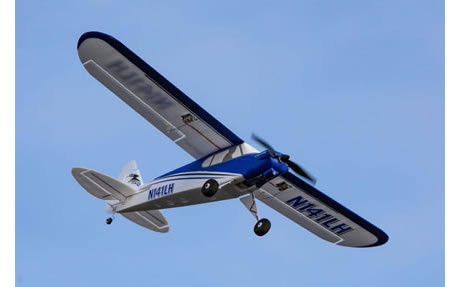
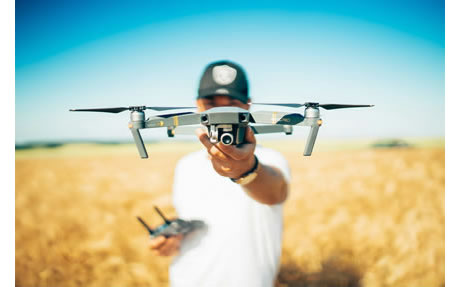










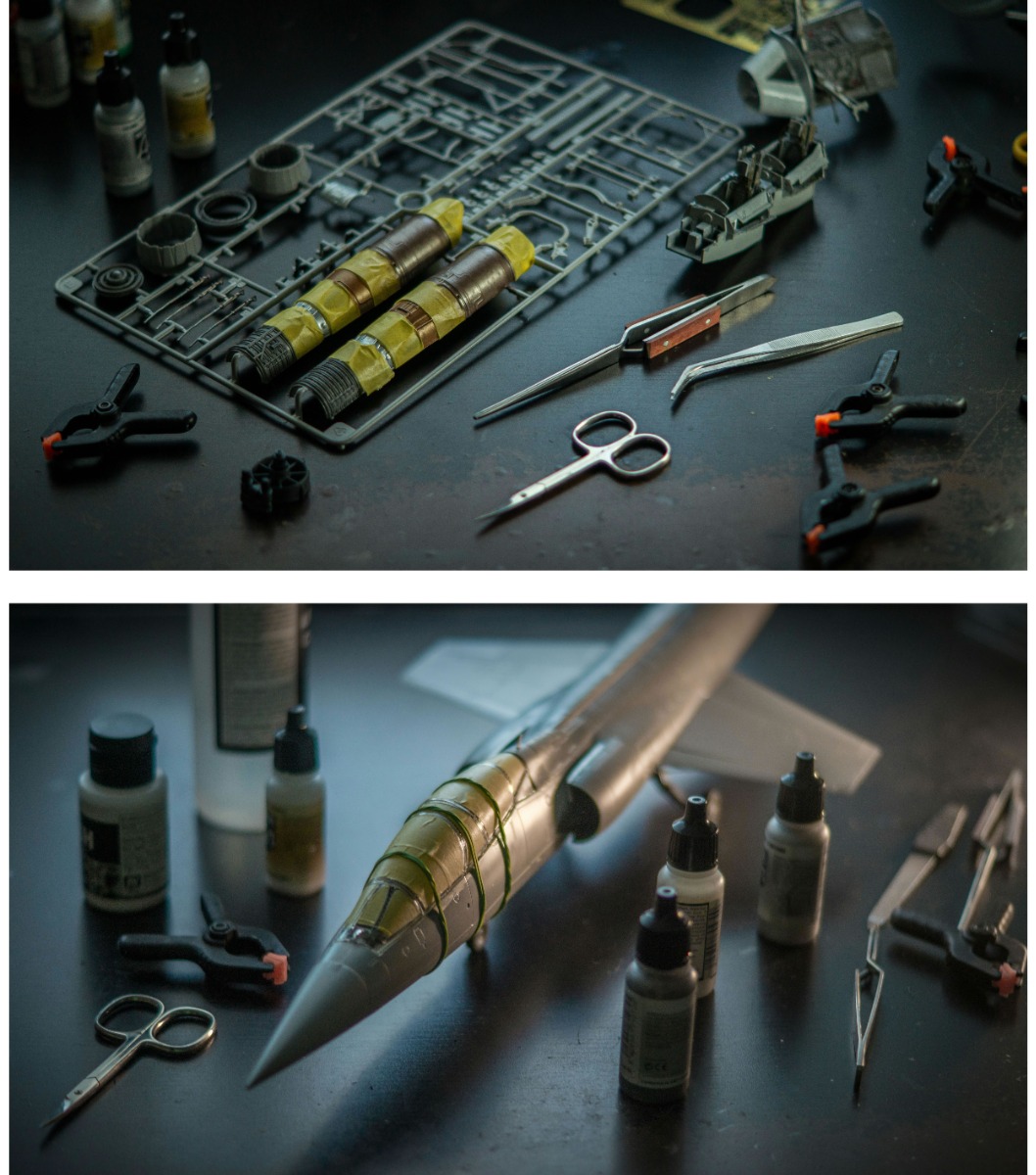
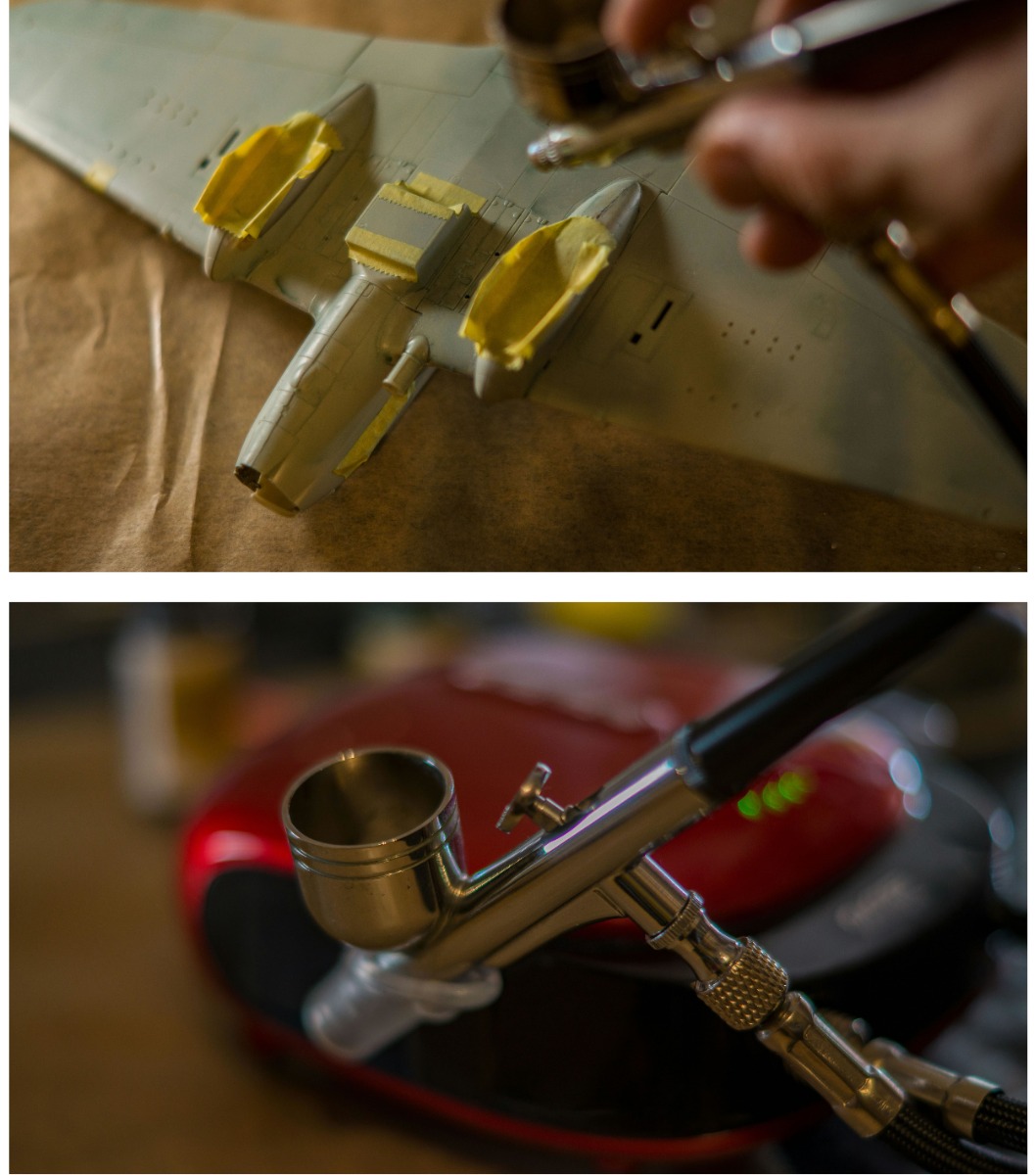
 Spread the cost with Paypal Credit
Spread the cost with Paypal Credit
 Spread the cost with Klarna
Spread the cost with Klarna


